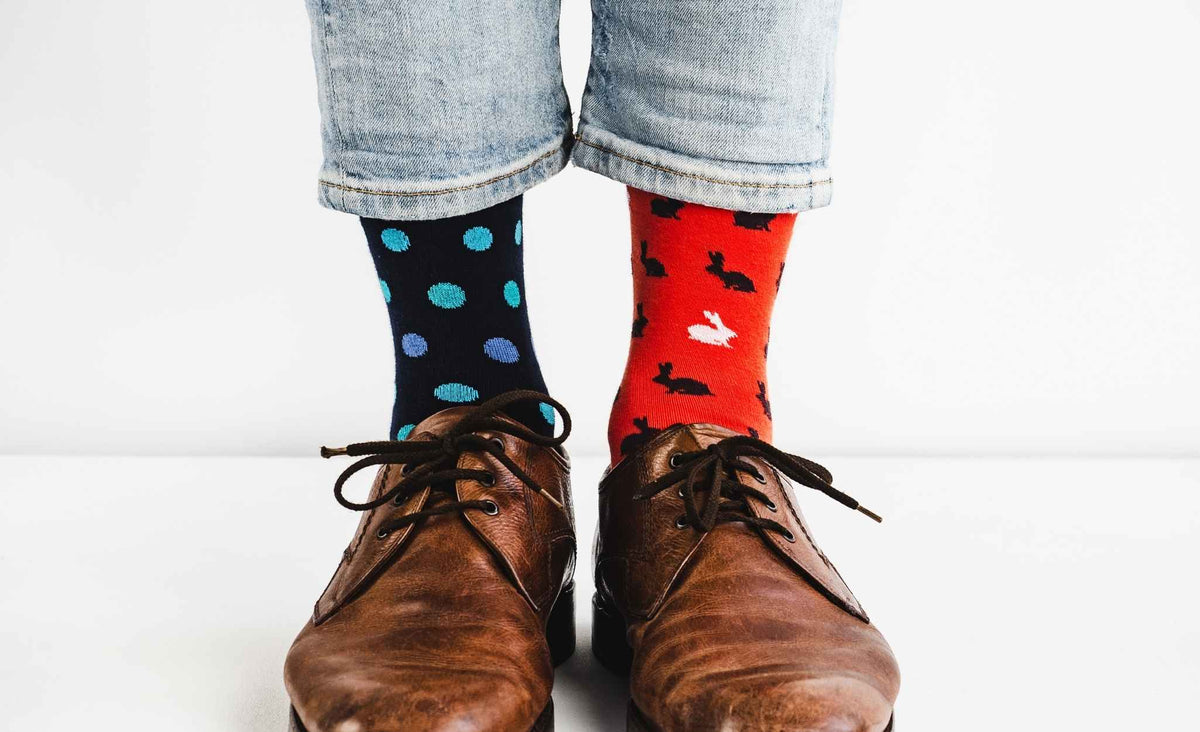CATEGORIES OF SOCKS BASED ON INTENDED ACTIVITY
July 04, 2017

Athletic/multisport socks: This general classification ranges from conventional white gym socks to specialized socks expected for broadly educating and running. Most give some sole padding yet have insignificant mass by and large.
Running socks: These range from thin liner socks with almost no cushioning to those with thick padding in the heel and bundle of the foot. A few runners prefer less cushioning for a superior fit in their shoes; others like all the more cushioning for included padding and decreased foot weariness.
Strolling socks: These offer padding and dampness wicking properties for wellness walkers.

Lightweight climbing socks: These moderately thin socks give a solid match to explorers with high-volume feet (i.e., feet that are wide or have a high instep). They absorb moisture and offer mild padding in the heel and bundle of the foot. They are more slender, particularly on the top, than midweight socks and can be worn with or without liner socks.
Midweight exploring socks: Their extra thickness gives a solid match to climbers with low-volume feet (i.e., feet that are limited or have a low instep). They offer all the more cushioning in the heel and bundle of the foot than do lightweight climbing socks, in addition to padding on the highest point of the foot and leg for solace on long trails.
Mountaineering socks: These heavyweight socks are your thickest alternative, with additional mass and cushioning for chilly, tough conditions.
Ski and snowboard socks: These are cushioned in the shin zone and typically underneath also. Else, they are thin and not expected to give noteworthy warmth; rather they are intended to shield your feet from weight focuses and rubbing inside the boots. Their outline additionally serves to not meddle with the vitality expected to make speedy turns.

Specialized Socks
Liner socks: These are worn under a couple of standard climbing socks. Commonly made of synthetics, for example, CoolMax® polyester, they pull dampness far from the feet to the external sock where it can dissipate. Liner socks are prominent with climbers since they can be washed and dried more rapidly than general socks on long excursions.
Waterproof socks: You have 2 options to choose from. Waterproof/breathable oversocks are incredible for hiking in stormy climate when keeping your normal socks dry is a genuine need. Otherwise, pick waterproof/breathable socks worn in place of normal socks. The external part of the socks is thick, no moisture barrier and they give warmth to paddlers or surfers in chilly water.
Toe socks: Like gloves for your feet, consistent "toe socks" counteract between-toe blisters. (Note: Between-toe blisters can likewise be the aftereffect of too-tight shoes.) Toe socks are made from synthetic fibers and designed for running or climbing.
Downy socks: These are a comfortable choice with shoes or sandals, or can serve solely as slippers. The texture wicks dampness yet does not comply with the foot as much as a climbing sock.
Warmed socks: These uses low-amperage battery energy to give quick, shockproof warm. Well known for stationary interests e.g. fishing in an icy climate.
Share:
Leave a comment
Comments will be approved before showing up.







